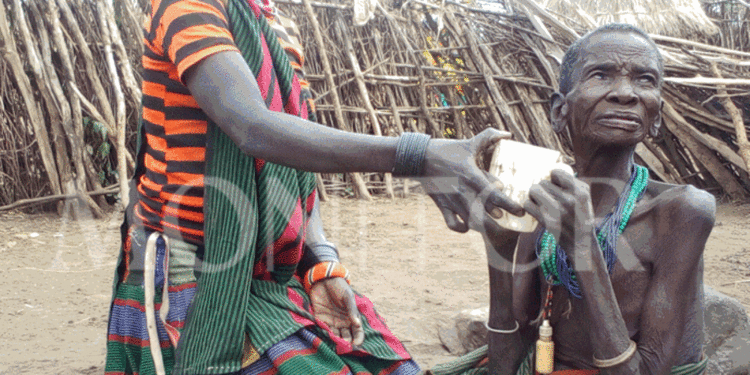The suffering and pain in Karamoja, Uganda’s north-eastern pastoralist region, needs no hyperbole.
It is visible in massive crop failures as a result of a long dry spell. The scorched gardens and pasture mean limited or no food for both humans and their animals. Yet, cattle keeping provides main livelihood.
The strong heat wave has terminated torrents of water that gurgled from Mt Moroto, turning the valley of life it coursed through into a shallow sand bed and killer of aquatic life. And crops in gardens are sterile when sorghum should be fast-maturing this season.
Eight in every ten households here are either critically food-insecure or simply food-insecure, according to United Nations International Children’s Emergency Fund (Unicef) and government of Uganda statistics, meaning they have no food to eat or limited stock, barely lasting a month to three.








